Stan Lee's Formula For Creating The Perfect Marvel Super Hero- And The First Look At My Next Marvel Project
If That Headline Doesn't Grab You, I Doubt That There's Anything I Can Write In This Subtitle That Can Do Any Better.
But First, Let’s Talk About Me
I wanted to pass along a big thank you to both the Richmond International Film Festival and South Texas International Film Festival for selecting my short movie FLY to be a part of their programming this year. Once I get them, I’ll pass along dates and times in case you’re in either area and want to check it out.
Under My Cool, Calm Exterior, And A Significant Layer Of Body Fat…
It was March of 1998. My hand shook so badly that I had trouble reading the number on the folded piece of yellow legal paper. Not just because of who I was about to call but because I was told not to call him.
Wait, sorry. I’m getting ahead of myself.
One month earlier, the Events Comics crew -- Managing Editor Nanci Dakesian, Assistant Editor Kelly Lamy, Jimmy Palmiotti, and I -- moved into the Penthouse on the 13th floor of Marvel’s offices on 387 Park Ave. to begin production on our Marvel Knights line of books. Before you get too excited, the Penthouse wasn’t quite as glamorous as it sounds, but more on that some other day.

Once we were settled and somewhat acclimated, the outlines for our four inaugural books started to roll in and were soon green-lit by Marvel. Jimmy and I were thrilled but unbeknownst to my best bud and creative partner in crime, I wasn’t as confident as I seemed on the surface. The nervousness wasn’t about the pitches but about myself. I had never story-edited a book that wasn’t my own, no less a Marvel title. Was I doing it right, or would I screw the pooch and let everyone down? I’ve never been someone to let creative self-doubt fester to where it affects my decision-making, but this wasn’t just about me or Jimmy. At this juncture, the comic industry was in bad shape, staff jobs were hard to come by, and Nanci and Kelly had quit their full-time gigs at Archie Comics to risk it all on this crazy idea Jimmy and I had.
So yeah, my confidence was speed-wobbling, and that’s when the idea hit me.
The Business End Of A Two-By-Four
I marched downstairs (because there was no elevator to the Penthouse) to speak to the publishing exec, who was our contact person for the business side of our deal. I explained how I’d love to give Stan Lee a call and speak to him about the outlines and our approach in general. But at this point in my career, I had never met “The Man,” so I hoped he could give me his number and a proper introduction. This seemed like an innocent enough request, some might even say it was a smart thing to do, but instead, I found myself on the wrong side of a full-throated admonishment. Look, it was a long time ago, though I remember hearing “Stan’s salary, yadda-yadda, how many hours he was available to the company, blah-blah-blah.” I have no idea if these concerns were real or fabricated; it didn’t matter. It added up to a big fat “NO!”
I exited the exec’s office with my tail between my legs and went down to Editorial, where I traipsed right into the office of an editor with whom I was friendly. After a bit of small talk, I got to the point.
“Hey, any chance you have Stan’s number?”
He went through his Rolodex (yes, an actual one), found the card, scribbled Stan’s number on his legal pad, and happily handed it to me.
“Tell him I said ‘hi!’”
Two steps at a time, I hiked back up the stairs to the Penthouse and closed the door to my office, took a deep breath…
And cold-called Stan Lee.
The All-Seeing Eye Of Agamotto
I don’t remember if he picked up directly or if an assistant connected; it didn’t matter because the voice on the other end was unmistakable, and I was nine years old again, digging through a pile of comics at Niño’s Candy Store.
I introduced myself and told him about the Marvel Knights line, which Stan knew nothing about, but was happy to hear that characters like the Inhumans, and Black Panther would be getting some much-needed attention. I opened up about my uncertainty and asked if he could provide me with any guidance. He did more than that.
“It all sounds great, Joey! Send me the outlines. I’d love to read them.”
Stan called back the next day. It seems that this was something that Marvel wasn’t asking him to do anymore, and he was so excited that he had read all four outlines in a sitting. He loved them, but if I was open to it, he had a few suggestions to make them more “Marvel.” Like any great editor, he wasn’t looking to rewrite the story but rather find the hidden gems already baked into the narrative that would help enhance it if needed.
My head was spinning. I listened as if my life depended on it (at that moment, it felt like it did), jotting down every note Stan was dictating. We got near the end of our conversation. I didn’t want to hang up, but I had run out of legitimate questions to ask him, and the 9-year-old in me was looking for a way to keep him on the line a little longer.
“So, Stan, is there a formula for creating the perfect Marvel Superhero?”
Now, to be clear, I was being facetious. Of course, I didn’t think there was an actual formula.
“There is! Wanna hear it?”
Maybe I imagined it, but I distinctly remember pulling the phone away from my ear and mouthing to no one in particular…
“Holy S#!T! He Actually Has A Formula!”
“Joey, I want you to imagine this scene. It’s evening, and we’re looking up at the precipice of a building. Perched there heroically is Spider-Man in his glorious red and blue suit. He hears a loud explosion, an unseen voice screams, and sirens echo from all directions. Ready to take action because that’s what heroes do, Spidey looks out at the dizzying concrete canyon below, thwips a thin ribbon of webbing, and leaps off the building disappearing into the night. Pretty great scene, right?”
“Uh, yeah, that’s pretty great.”
“No, it’s terrible!”
“Right! It’s terrible. Umm, why’s it terrible?”
“Because we need to know who’s inside that suit. Who does he love? Who loves him? What are his hopes, dreams, and aspirations? What are the problems that keep him up at night? Tell us as much about this person as you can, make us care about him, and now when he jumps off that building, our hearts clutch… because we’re inside that costume with him.
If not, it’s just a red and blue suit.”
When we hung up, I looked back at Stan’s notes and noticed that not one had anything to do with structure, superpowers, action scenes, or continuity. They were about Matt Murdock, T’Challa, Frank Castle, and Black Bolt.
At that moment, I realized that every legendary Marvel story, whether its title was Iron Man, Captain America, or Black Widow, was really a great Tony Stark, Steve Rogers, or Natasha Romanov story in disguise. Think about your favorite Marvel stories of all time; I promise they have that one thing in common. And it should come as no surprise that over the decades, when Marvel deviated from that formula, the stories were either forgettable or the books failed outright and, at one point, nearly bankrupted the company.
Several days later, I ran into my exec “buddy” in the halls. He had caught wind that despite his ordering me not to, I had called Stan anyway. I told him it was all good. As far as I was aware, I wasn’t a Marvel employee, and Stan was my friend. It was a personal call.
As we went our separate ways, I thought to myself, nice suit.
It Takes A Bullpen
This is a story I’ve told at conventions, corporate presentations, speaking engagements, and other assorted public functions, but I don’t think I’ve ever put it in writing, and I think it’s apropos considering the recent discussions happening over the Stan Lee documentary on Disney Plus.
But let me be clear, while I only had the opportunity to meet Jack once, and Stan was my friend and mentor, I don’t have a horse in this race. I worship at both the altar of Lee and Kirby and all the legends that worked at Marvel during that magical time.
The combination of all those diverse and brilliant creatives, each with their strengths and weaknesses, gave us the Marvel Universe as we know it, and I don’t think it would exist without each one of them being there at that time.
But putting aside who created what, the one undeniable fact is that, whether physically or spiritually, Stan had a hand in all of it, even classic characters that were created after his time at Marvel, because in the early 60s, he was responsible for the most dramatic yet subconscious paradigm shifts in superhero comics.
The costume was now the alter ego, not the other way around.
Any Questions?
You ask ‘em, I answer ‘em.
Eric Schaefges- Thanks for being so accessible! Of all the creative relaunches you helmed at Marvel as editor/EIC, which do you feel like was underappreciated the most?
Hey, Eric, thanks. I see no reason not to be accessible outside of exposing everyone to my acerbic personality. I would have to say that the most underappreciated title during my tenure was Ultimate Hawk-Owl and Woody by the late great Ron Zimmerman. It’s a wonderful story that got lost in the shuffle of an ill-advised stunt/event called U-Decide.
Nelson Flores Jr- Do you prefer “traditional” or digital art? What program do you use?
Nelson, great question. I go back and forth depending on the project and deadline. I’ve tried just about every drawing program created, even beta-tested some that never went to market. For my money, Sketchbook Pro is the best for many reasons, especially ease of use. But keep in mind, I don’t care for drawing on an iPad, so there may be some better apps for tablets, but for me and my various-sized Wacoms, Sketchbook Pro is my only choice.
Michael Yuhasz- I’m hoping to ask the “right” question. What are you looking for in the future of the comic industry? As a follow up question. Have you every found a creator-owned property that you were willing to pitch to Amazon?
Michael, as the story above can attest, there are no wrong questions unless you ever ask me about that thing I did that one time… you know what I’m talking about. The future of comics? According to some people, the industry is very close to dying. Then again, they’ve been saying that for years. What I’m looking for is for creators to continue telling great stories that I can enjoy in the future. I’ll try to do the same. And the answer to the last part of your question is yes, and I have.
Dallas Heisler- Do you think you will do interior art again, or is the near future plan just covers? Miss seeing you on a monthly and figure since you are not running Marvel anymore, maybe you would do a mini-series or something.
Well, Dallas, interestingly enough, good ol’ Dave below has answered your question with his question.
Dave Cummings- I know you were working on a Marvel book for the past few years, do you know when we’ll hear news about it?
Funny you should ask, Dave. In the coming months, you’ll hear more about it as it nears completion. And to prove it, here’s a page from that project.
Remember, if you have questions or topics you’d like to see me discuss in the future, drop them in the chat or comments below.
Thanks for reading.
You’re Amazing!
JQ



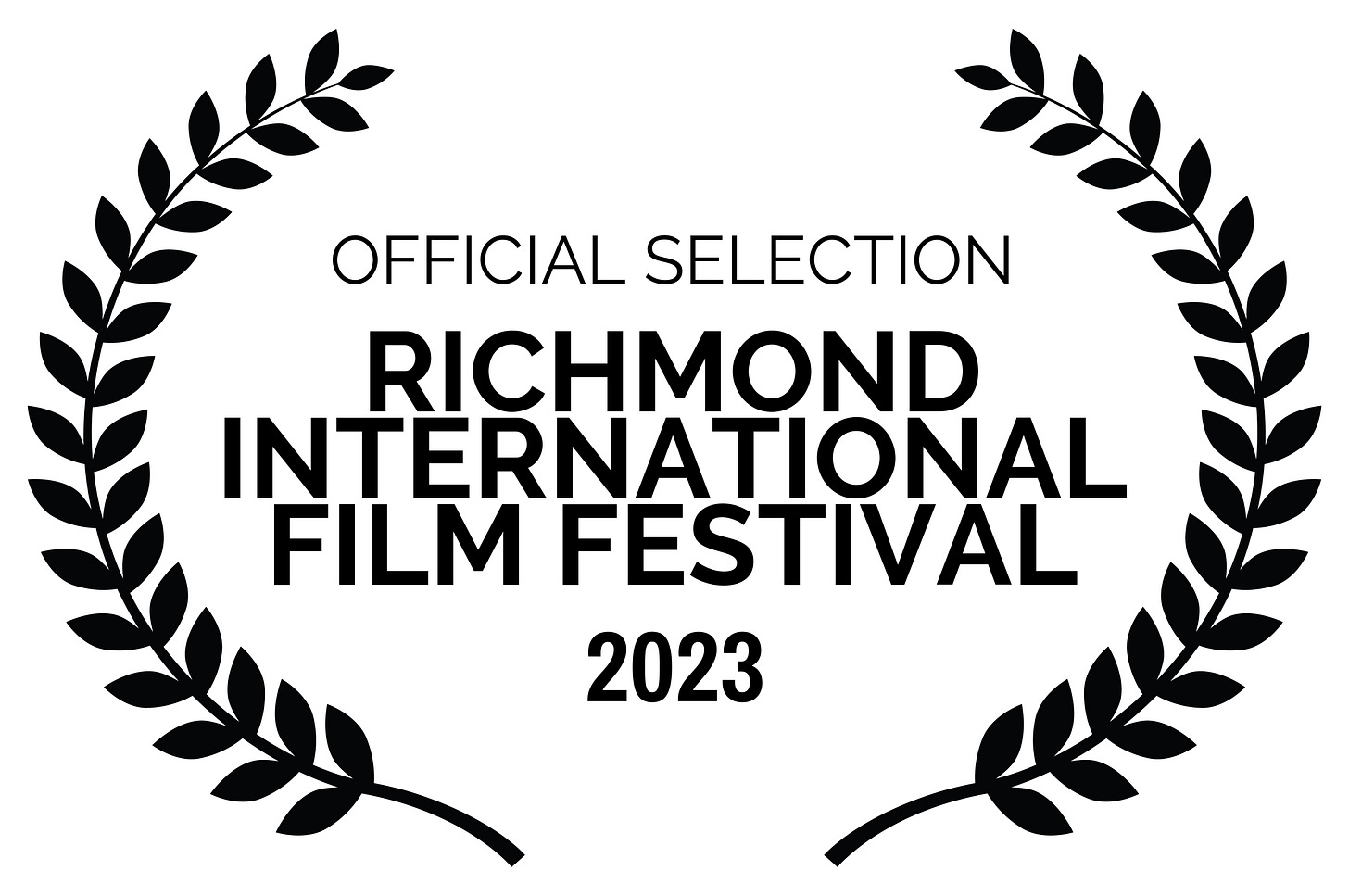
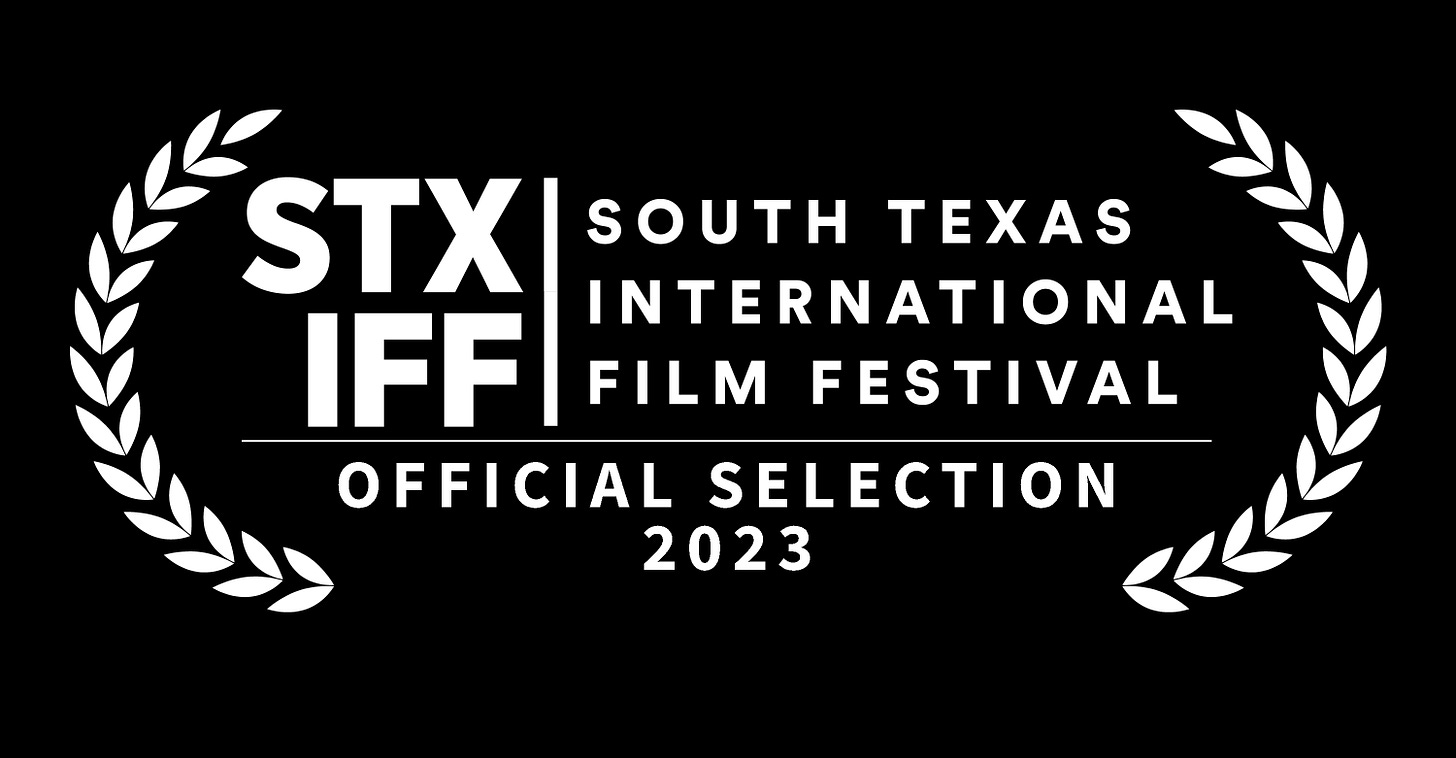
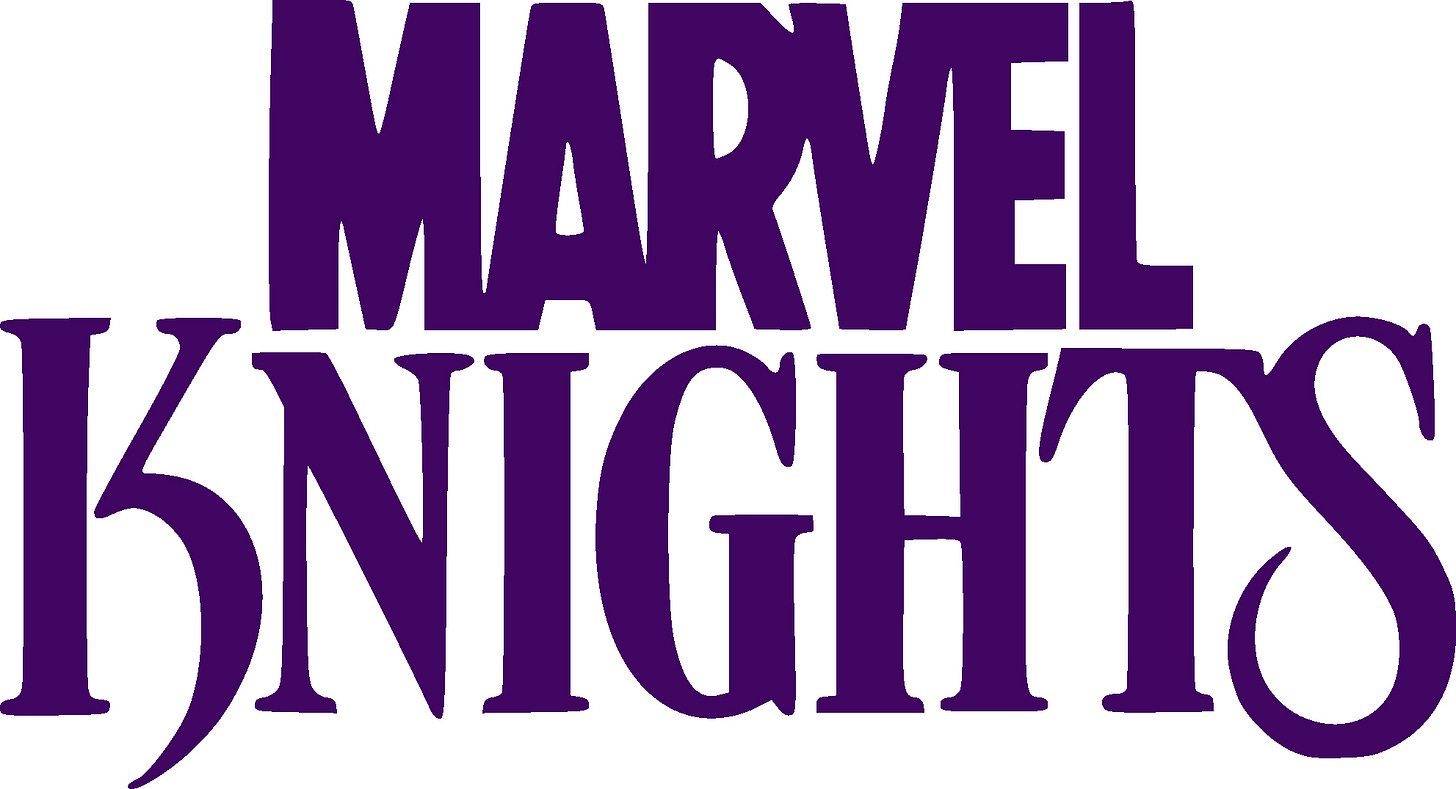
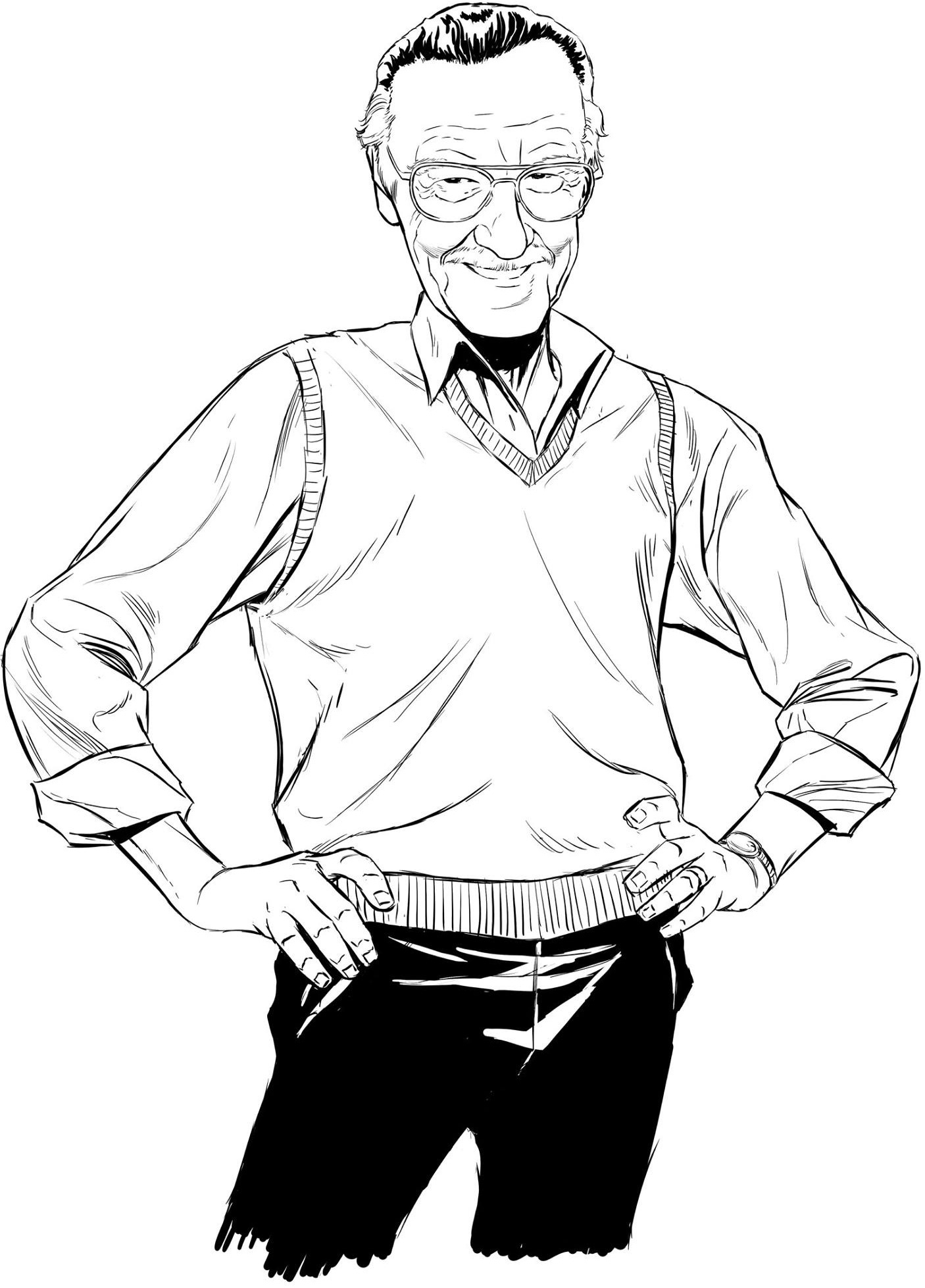
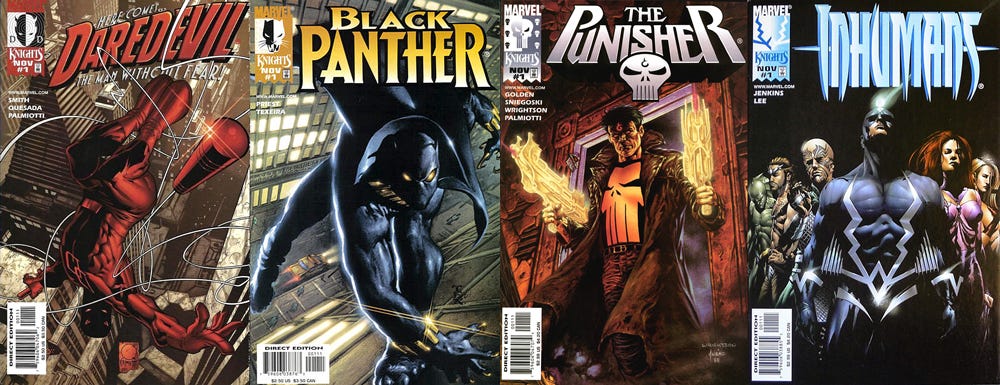
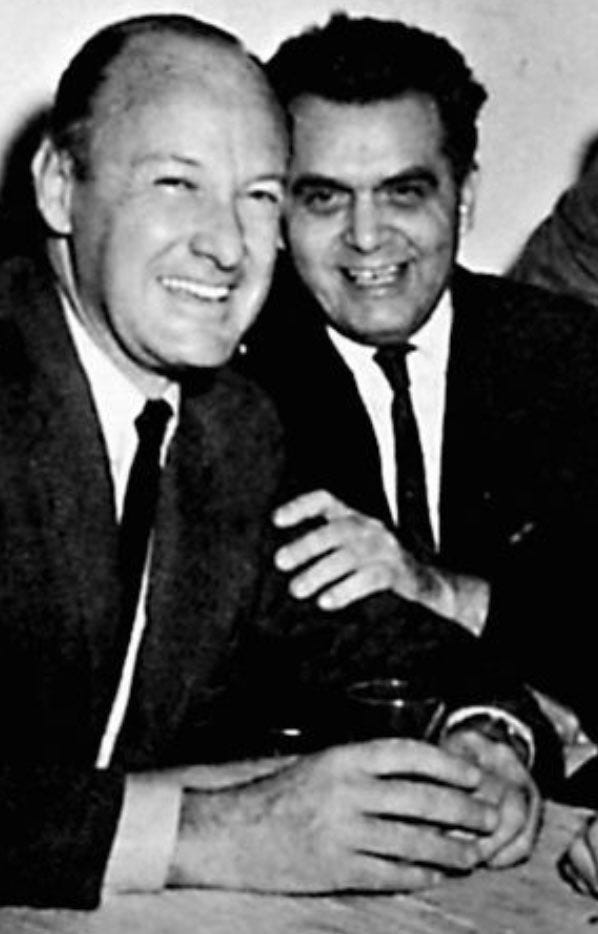
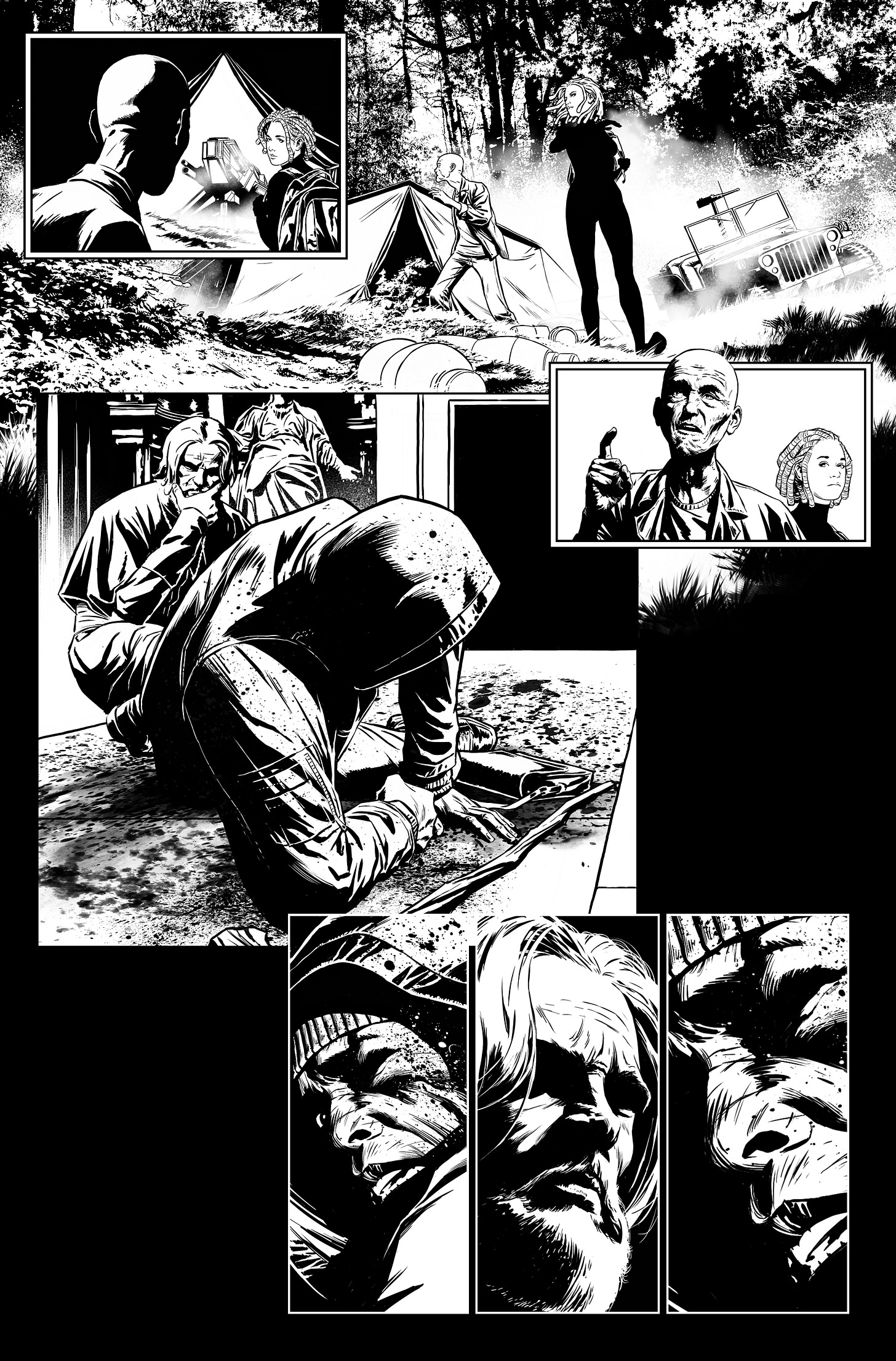
Hi Jimmy!
Loving the newsletter. Always great to hear stories from behind the scenes.
A question you have probably heard a thousand times over.
If you have had work published by non big two companies and other book publishers what’s the best way to get the attention of and present your work to an editor for potential work for hire assignments?
Q for ya Joe!
Artists have strengths and weaknesses. For instance, Mike Mignola has admitted often he HATES drawing cars. Is there anything that's not your "cup of joe" to draw? Conversely, what do you LOVE drawing?